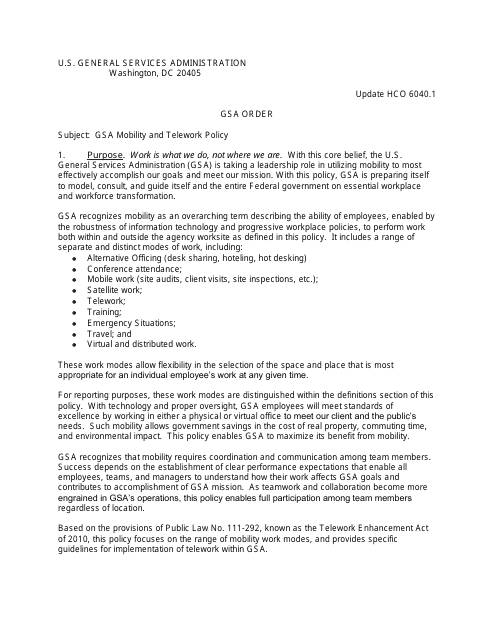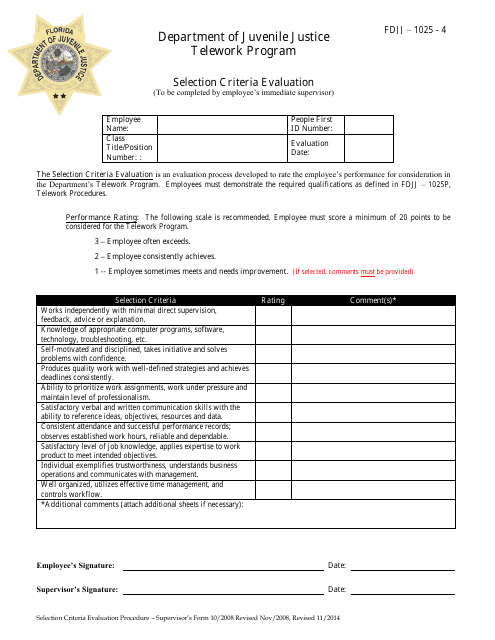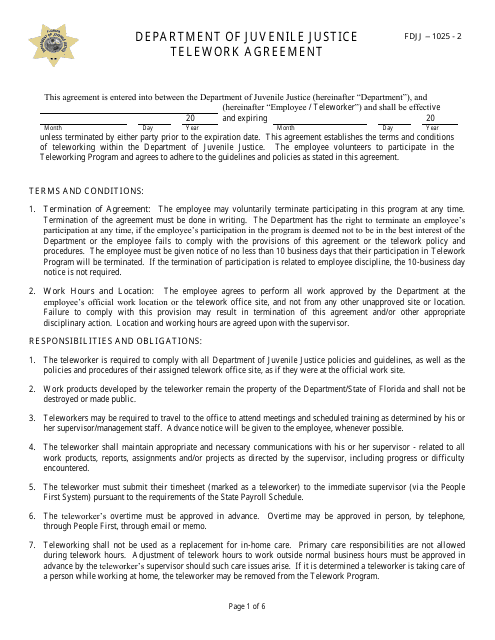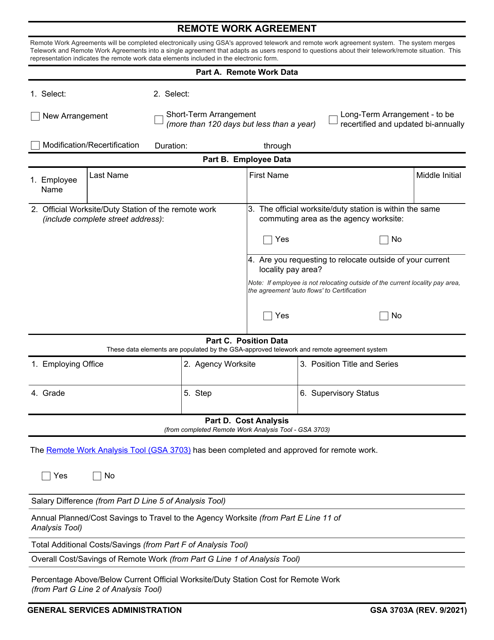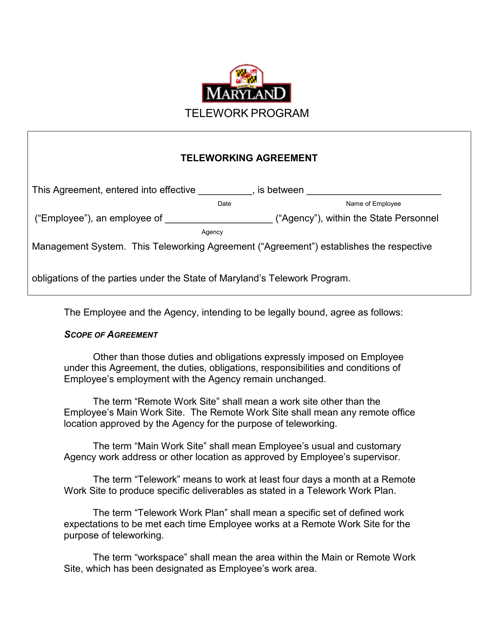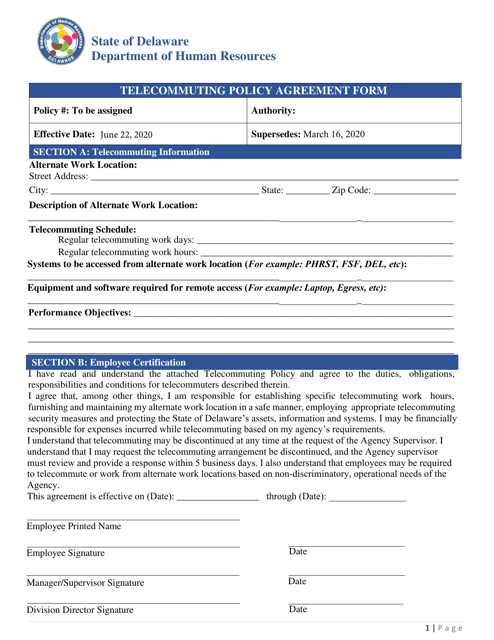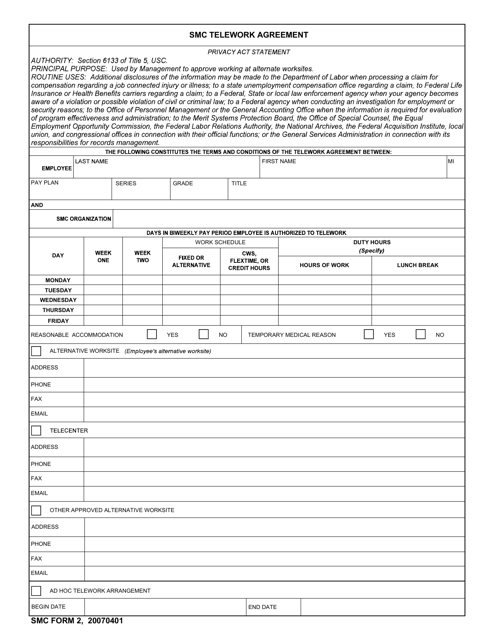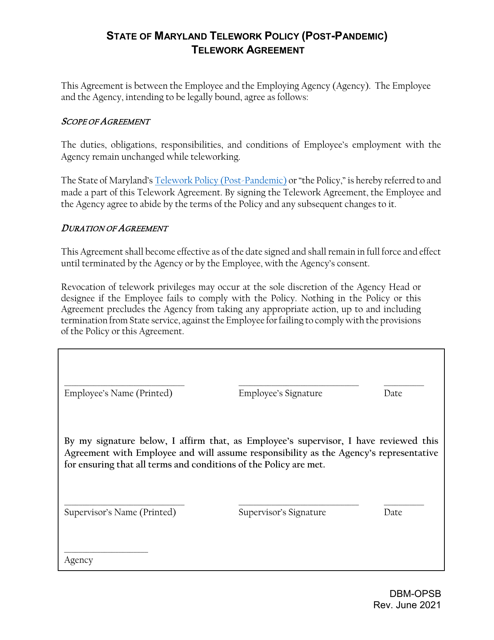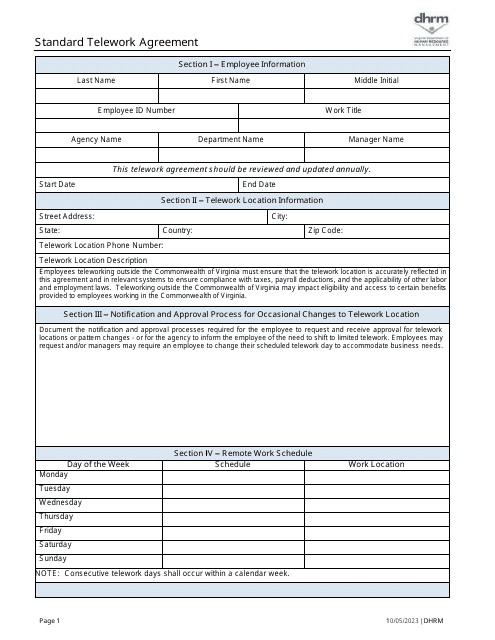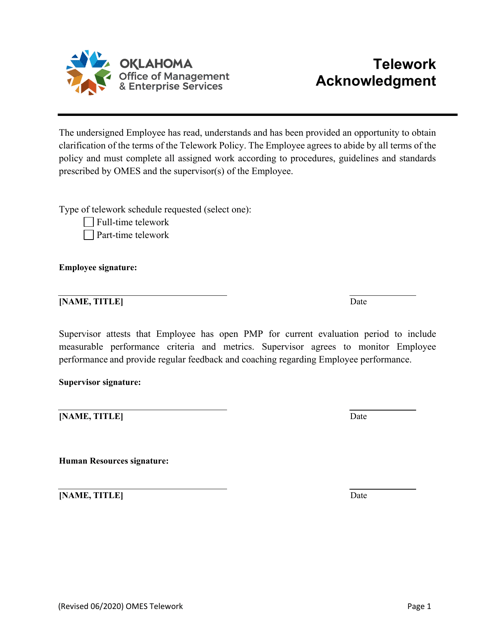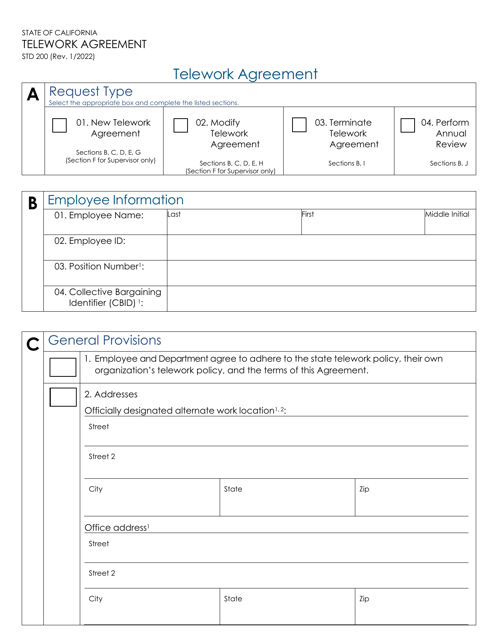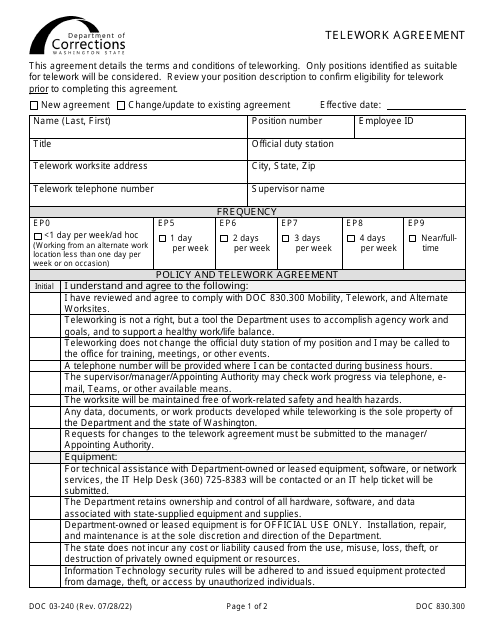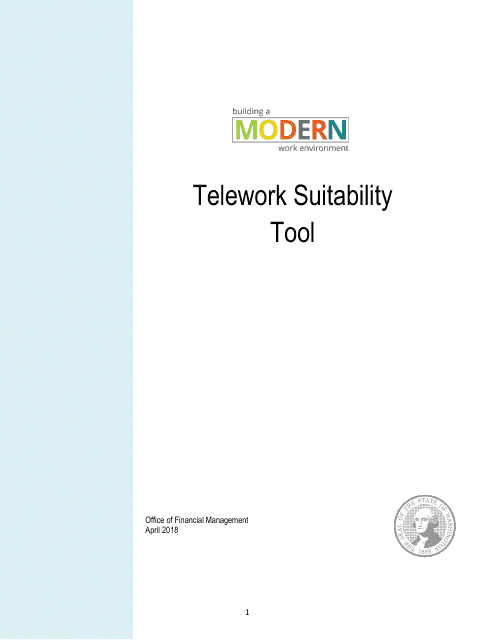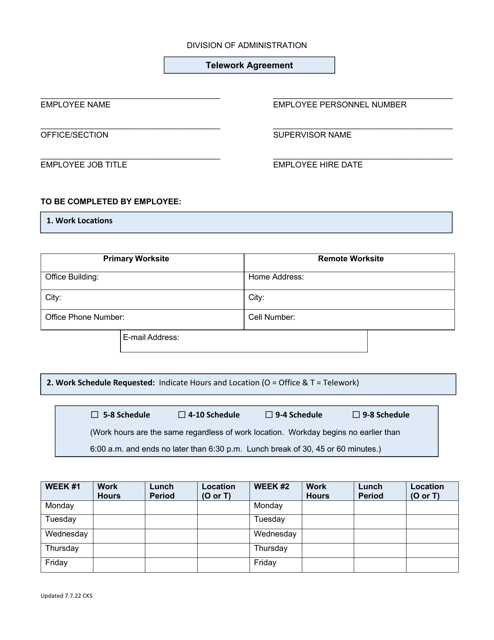Telework Policy Templates
Are you considering implementing a telework policy within your organization? Look no further! Our telework policy collection offers a comprehensive set of resources to help you establish and implement a successful telework program.
Telework, also known as telecommuting or remote work, has become increasingly popular in recent years as technology advances have made it more feasible and convenient. It allows employees to work from home or any location outside of the traditional office setting. Our telework policy collection provides a range of documents and agreements to ensure a smooth transition to a telework-friendly work environment.
Whether you're a government agency, a private company, or a non-profit organization, our telework policy collection has the resources you need. From sample telework arrangement agreements, state-specific telework agreements, to telework safety checklists, we've got you covered.
Implementing a telework policy can bring numerous benefits to your organization, including increased employee satisfaction, improved work-life balance, enhanced productivity, and cost savings. Our telework policy collection can help you navigate the complexities of establishing a telework program, ensuring compliance with local regulations and promoting a productive and safe telework environment.
Don't wait any longer to embrace the future of work. Explore our telework policy collection today and take your organization to the next level of flexibility and productivity.
Documents:
19
This document is a contract between an employee and the General Services Administration (GSA) regarding remote work arrangements. It outlines the terms and conditions for teleworking, including work hours, responsibilities, and equipment. Use this form to establish an agreement between the employee and the GSA for telecommuting.
This document is a form used to evaluate the criteria for selecting employees for telework in the state of Florida.
This type of document is a Telework Agreement Form specific to the state of Florida. It outlines the terms and conditions under which an employee can work remotely from their home or another location outside of the office.
This document outlines the agreement between an employer and employee in Maryland to work remotely from home. It covers the terms and conditions for teleworking, including work hours, responsibilities, and expectations.
This Form is used for employees in Delaware to formally agree to the company's telecommuting policy.
This document is for employees of SMC who want to enter into a telework agreement with their employer. The form outlines the terms and conditions of teleworking and is used to formalize the arrangement between the employee and the company.
This document is used for outlining the terms and conditions of a telework program agreement in North Carolina. It specifies the responsibilities and expectations of both employers and employees in regards to working remotely.
This form is used for the State of Maryland Telework Policy (Post-pandemic) Telework Agreement. It outlines the guidelines and agreement for teleworking in the state of Maryland.
This document is used for acknowledging the understanding and acceptance of telework arrangements by employees in the state of Oklahoma.
This document is used for employees of the United States Department of Agriculture to enter into a telework agreement. It outlines the terms and conditions for working remotely.
This form is used for creating a telework agreement in the state of California. It outlines the terms and conditions for remote work arrangements between an employer and an employee.
This tool helps determine if teleworking is suitable for individuals in Washington.
This document outlines the terms and conditions for employees in Louisiana to work remotely. It includes information on expectations, productivity guidelines, and technology requirements.
This document provides a Telework Safety Checklist specifically for employees in Hawaii. It includes guidelines and precautions to ensure a safe and secure work environment while telecommuting.

